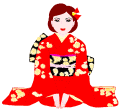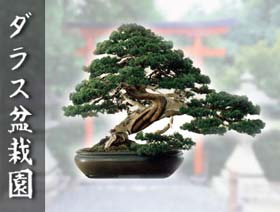|
|
|
Native
to China, Korea, Taiwan and Japan,
it is the most used essence in bonsai growing. Its small
leaves and its thin twigs actually suggest the creation of
pretty reduced bonsai. It has a round and thick foliage
and, grown in our flats, keeps its wonderful light green
colour. If it is put in a no-heated room, it will get a
rusty colour before losing its leaves for the vegetative
rest.
|
|
|

|
|
.gif) |
|
|
|
|
|
|
|
Sunlight
for most of the year, slightly shelter it
during the hottest months. Shelter it in
winter, putting it near a window or in a
no-heated room.
|
|
|
|
|
|
|
|
Everyday
in summer, moderate in the other seasons.
Do not let the soil get dry before you
water again.
|
|
|
|
|
|
|
|
Every
week for the first month, after the
opening of the buds, then every fortnight
during the whole summer.
|
|
|
|
|
|
|
|
Every
year at the beginning of spring up to 10
years of age, later according to the needs
of the root-ball. Use base mould.
|
|
|
|
|
|
|
|
Poll
the year growth to 1-2 buds. Remove the
big leaves during the whole vegetative
season. It is possible to trim completely
the strongest and oldest specimens.
|
|
|
|
|
|
|
|
By
seeds sown at the end of winter/early
spring. By cuttings and by layers in
summer.
|
|
|
|

Suitable
for every style, apart from Literati; it is ideal
for the Broom and Group styles. Suitable for all
sizes.
|
|
|
|





